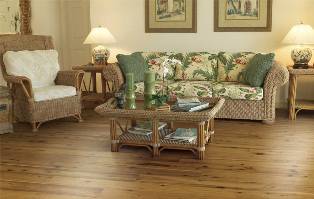Planting the Australian Cypress? Learn more about the tree Australia Cypress and its many uses in construction and landscaping and flaming cones…
The Australian Cypress family is made up of many species of tree. One such tree is the Callitris. It is classified as a genus of coniferous trees as part of the Cupressaceae or Australian Cypress family. A total of 15 species form the part of this genus. Out of these, 13 trees are native Australia Cypress.
The most common variety is the cypress-pine and shares its name with a close relation of the genus called Actinostrobus. But this is a wrong classification as the tree is not a pine tree and is a simple cypress from Australia but is casually and inaccurately referred to as pine tree.
This genus has two sections; one dealing with the atypical C. macleayana, which is part of the Octoclinis section and all the other species comprising the Callitris section. In certain instances the botanists treat C. macleayana as an individual genus because like the Octoclinis macleayana the C. macleayana grows in and is endemic to the rainforests.
These trees thrive on the rain dense tropical rain forest area of the Eastern Australian coast, while all the other Australian Cypress species grow in arid areas.
Description of the Australian Cypress
The Australian cypress variety has different types of trees. One such specimen is a small to medium sized tree while there are many that can be described as large shrubs rather than trees. They can range from anywhere between 5 meters to 25 meters in height, with the exception of the C. macleayana tree, which grows up to 40 meters.
The evergreen leaves of the Australian cypress are scaly in adulthood and needle like in the young seedlings. In the C. macleayana the scaly leaves are mixed with the needle-like leaves.
These scales are neatly organized in rows of six and are intermingled with the twigs in alternate swirls of three in all Australian Cypress trees except the C. macleayana, which has four whorls of the six rows of leaves.
The Australian Cypress variety known as the Callitris verrucosa has cones on it. The male conifer cones located at the tip of the twigs are from 3 -6 cm in length. The inconspicuous female cone takes 18 – 20 months to mature into a maximum length of 3 cm. These are ovoid, wide and globular in the Australian Cypress variety but found in the acute state only in C. macleayana.
Unique Propagation of the Australian Cypress
Interestingly the cones can stay closed for years on each tree and they only pop open after the heat of a bush fire scorches them. The seeds are then released from the pods and start sprouting into saplings on the newly cleared area on the burnt ground.
Advantages and Uses of Australian Cypress
The Australian Cypress pines are light and fragrant while being soft. Very hardy and decay resistant the Australian Cypress is great when it comes to fending off termites. The wood of this tree is utilized in creating indoor and outdoor furniture, fence posts and door panels. They are used as landscaping additions very rarely because of the risk involved if hit by a spark since they are very flammable.





